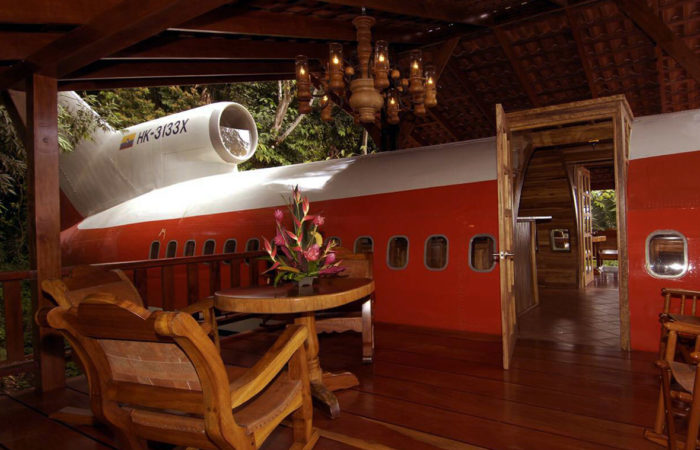Climate change is increasing the risk of wildfires in many regions of the world. This is due partly to specific weather conditions -- known as fire weather -- that facilitate the spread of wildfires. Researchers have found that fire weather seasons are increasingly overlapping between eastern Australia and western North America.
A new report, Increasing Fire Weather Season Overlap Between North America and Australia Challenges Firefighting Cooperation, notes that until recently, the fire seasons in the northern and southern hemispheres occurred at 'distinctly different' times of the year. This allows Australia to share resources (firefighters, incident managers, aircraft) with countries in the northern hemisphere, especially Canada and the USA.
"During the Black Summer of 2019/20, more than 1,000 people came from North America to assist in our firefighting efforts. Australia recently sent multiple teams to assist with the fires in North America. This sharing of resources, including aircraft, firefighters and specialists, is how we fight fires in the 21st century" said Friends of the Earth campaigns co-ordinator Cam Walker. "But, with more areas in the northern hemisphere now experiencing regular fires, and longer fire seasons there are radical implications for Australia".
There are many lessons to be gained from this report. The authors note that 'international agreements on firefighting cooperation and national firefighting capacities (will) need to be reviewed. Both Australia and the US will need to strengthen their domestic firefighting capacities in order to reduce reliance on international cooperation'.
Of particular concern is the issue of where our largest firefighting aircraft will come from in future. Normally Australia leases up to six Large Air Tankers (LATs) which are each allocated to a specific state or territory, but which are shared around the country according to greatest need. While we need up to 7 LATs in a bad fire season, we only own one (which is owned by the NSW Rural Fire Service) and we now lease one year round.
The other planes are leased in after their post season maintenance in the northern hemisphere. They all come from North America and arrive in the country during the traditional 'shoulder' season. As noted in this report, this shoulder is rapidly disappearing as planes are needed for larger sections of the year in each hemisphere.
"As fire seasons extend in both hemispheres, we face the risk of being unable to secure leases for LATs in coming years".
The Royal Commission into Natural Disaster Arrangements which was held to reflect on the lessons of the 2019-20 Black Summer fire season recommended (Rec 8.1) that the federal government create 'an Australian-based and registered national aerial firefighting capability, to be tasked according to greatest national need'. In responding to the commission, the federal government of the day decided not pursue the possibility of Australia establishing its own fleet of LATs.
The commission also noted that "extreme weather has already become more frequent and intense because of climate change (and that) further global warming over the next 20 to 30 years is inevitable".
Mr Walker continued: "In light of all the available science about longer and more intense fire seasons in both hemispheres and the increased difficulty of securing LATs on lease from North America, the federal government must commit to establishing an Australian owned fleet of LATs in the next federal budget".
"The current federal government has taken firefighting capacity seriously and provided significant funding for water-bombing aircraft. With a review of aerial firefighting capability currently underway (expected to report back later this year) now is the right time to acknowledge the reality that we are facing and commit to buying a sovereign fleet of LATs that will be permanently based in Australia".
In addition to buying a fleet of publicly owned LATs, Australia must:
- Stop contributing to even worse global heating. In the first instance it must stop contributing to global heating through exporting vast volumes of fossil fuels
- Fast track the development of new technology that will ensure rapid detection of new start fires
- Investigate establishing a national remote area firefighting team which could be deployed as needed to assist state and territory firefighting efforts.
A national remote area firefighting team. As fire threatens World Heritage Areas and national parks across the country, it is time to establish a national remote area firefighting team, which would be tasked with supporting existing crews in the states and territories.
Long fire seasons stretch local resources, and sometimes remote areas need to be abandoned in order to focus on defending human assets. Having an additional, mobile national team that could be deployed quickly to areas of greatest need would help us protect the wonderful legacy of national parks and World Heritage Areas across the country.
This was recommended by a Senate inquiry after the devastating fires in Tasmania of 2016.






